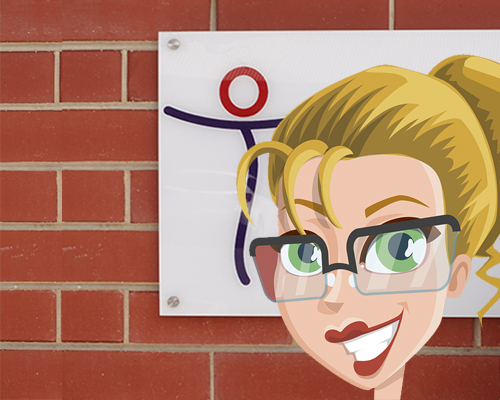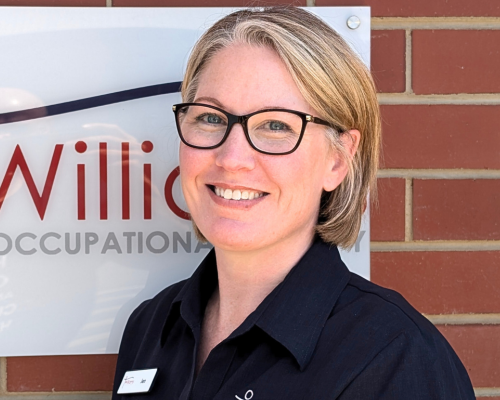Driving is freedom often taken for granted. Unfortunately, disability, injury or illness can sometimes affect your ability to drive.
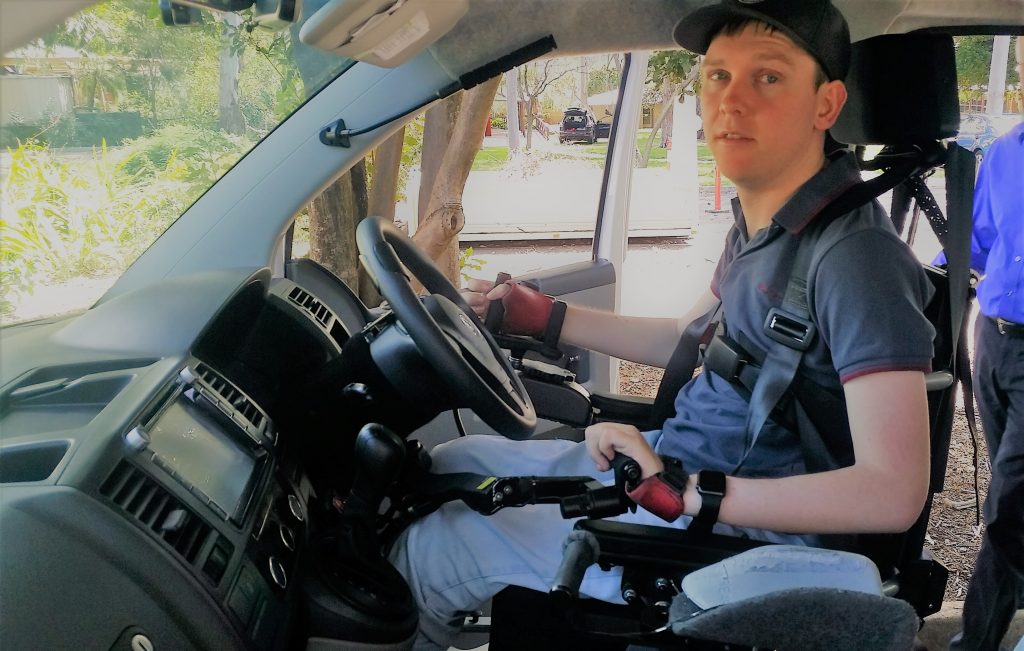
When it does, a driver trained occupational therapist (OT) can help you gain, maintain, or regain your independence.
A driver trained OT, through an assessment and rehabilitation focus can help build a person’s ability to get to the shops independently, pick up the kids in safety, get to work and earn an income, and visit family and friends. Or maybe it is that you just need to get away from it all.
Without a driver’s licence or a safe and appropriate option to drive, people with a disability or medical condition become isolated and dependent on others for a ride. Sure, there are taxi vouchers and these are great, but once those vouchers are gone for the year, then what? And what about waiting for a taxi? And some of those Taxi drivers… OMG!!! ?
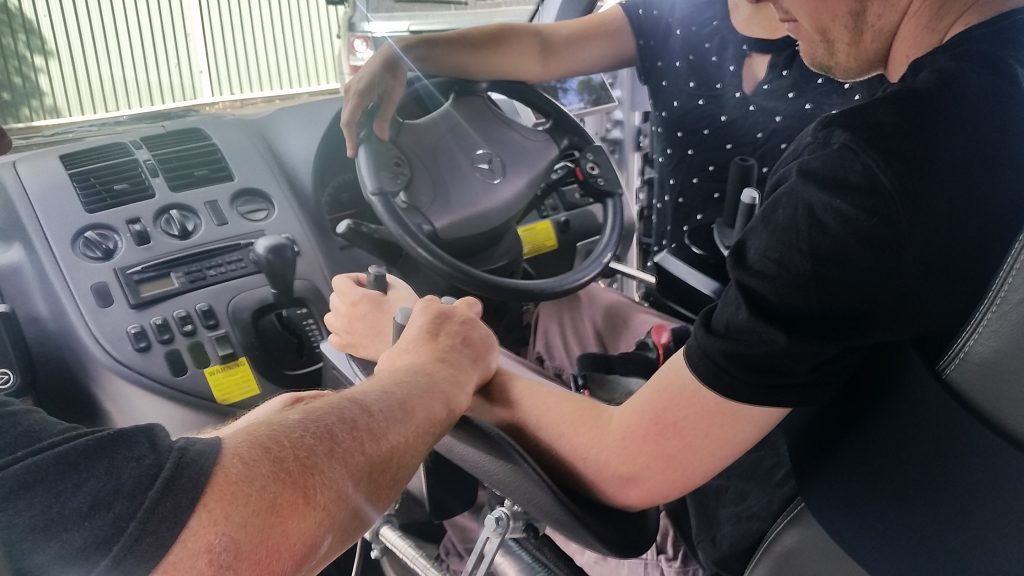
The increase in mental health conditions such as depression and anxiety related to not driving can increase, due to a loss of control over one’s life.
A doctor or other key stakeholder may recommend that you need to undertake a driver assessment, or maybe you are being proactive and want to increase your driving function or make sure you are safe on the road. A driver trained OT is in the best position to understand you as a whole and make it as pain-free as possible. An occupational therapy driver assessment is like going to any medical practitioner or health provider. We start with an assessment to determine what is going on. The Driver Trained OT will then recommend a solution to maximise your safety and function.
There are three outcomes that might be reached. These include:
- Safe to drive with no further input.
- Further rehabilitation is required with a technique or modification to the vehicle, or
- The client is no longer safe to drive and rehabilitation is no longer an option or not an option at this stage.
Below, we break it down for you so you can go into a Driver OT process with confidence. It is a complex area and it involves many factors to make sure that the driver is safe, and that the general population is also kept safe as well.
What are the steps to take to possibly regain your driving license?
Step 1: MAKE A BOOKING ☎️
For a Driver Trained OT assessment, there is a lot to organise even before your first appointment. Frequently an OT or their assistant will ask you or the referrer, a lot of questions over the phone.
For an assessment, the following all need to be brought together prior to, or for the assessment:
- Medical clearance from a Doctor that the client is medically stable and appropriate to take on further assessment
- The appropriate licence to move forward with an assessment (your local driving authority needs to be on board too)
- The client
- The occupational therapist
- And a driving instructor all need to be organised for the initial assessment
Some OTs will come to you to do an assessment, some will have an office and you will need to visit them.
Step 2: THE EVALUATION PROCESS
You are unique.
The best solution for you is not always something that worked for someone else. A good driver OT takes the time to learn about your visual, cognitive and physical abilities, as well as learn a little more about your unique underlying medical issue.
Depending on your set of circumstance, we may need to liaise with your medical professional to move onto a second evaluation stage – an on-road driving practical.
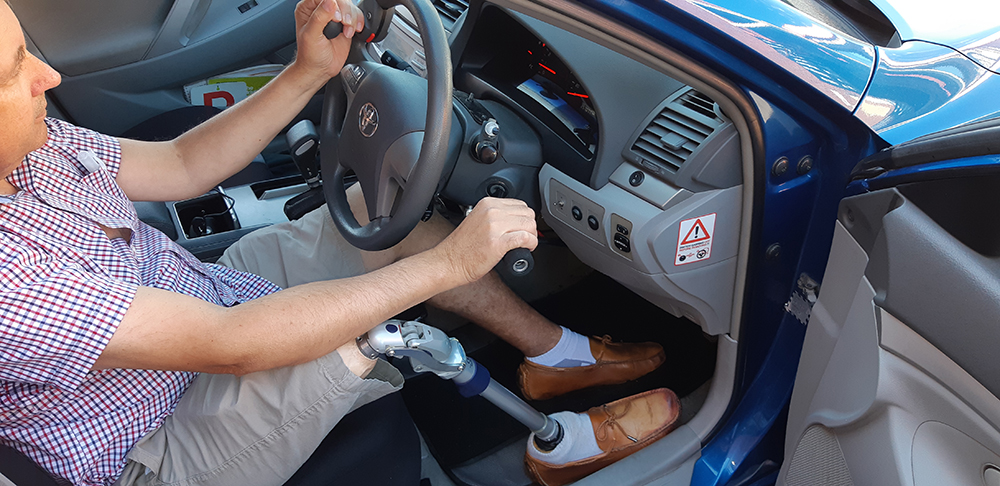
The on-road assessment is a 45-minute to 60-minute drive. It tests what was found in the pre-drive evaluation in a practical sense. Typically, an entire evaluation can take approximately 2.5 – 3 hours (but some assessments can take longer).
Step 3: REPORTING
On most occasions, your driver trained OT will forward a written report to your doctor and referrer.
If an alteration to your licence is required, this may need to be approved by a medical specialist.
If you have been referred to us by an organisation that is funding the assessment, recommendations on these occasions will need to be approved by your referrer, on top of any license alterations confirmed through your medical practitioners as mentioned above.
A good driver trained OT will help liaise with the state licensing body, organise temporary licenses, liaise with your medical team and specialists, and find the best solutions for your safety and independence, and assist you to follow this through.
Step 4: DRIVER REHABILITATION, TUITION AND EQUIPMENT.
As mentioned above, you are unique.
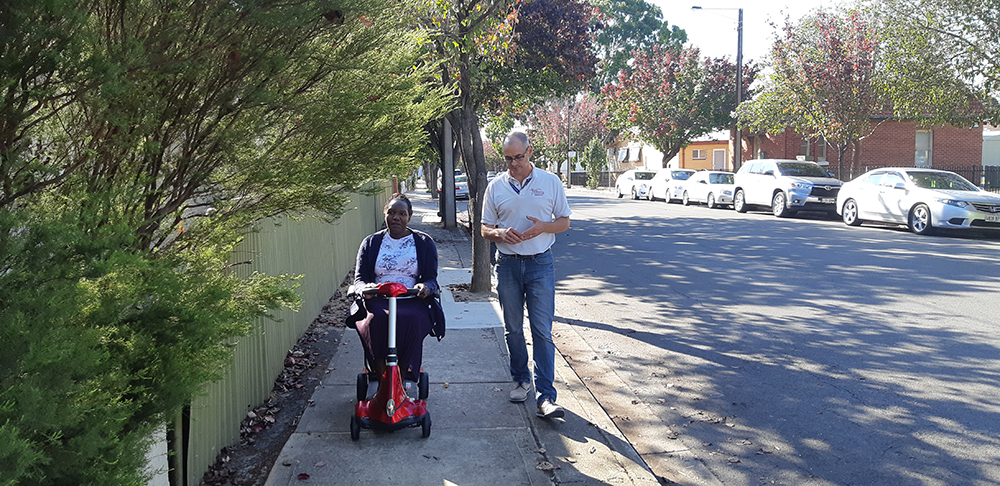
The best solution for you is not always something that worked for someone else. Your rehabilitation plan to gain, regain or maintain your independence through driving will be unique, just like you. A driver may need to follow up lessons, but the amount of time required for these will vary significantly depending on the driver and the condition and the environment in which the person drives. You may need further medical input or allied health therapies to get to the point of independence. In addition, the driver may need further assessment to show that the appropriate level of independence has been achieved.
More Information:
DRIVERS WITH A DISABILITY FACTSHEETS
Every driver has their own story and background.
The introduction of the NDIS has made the world of driving more accessible than ever for drivers with a disability to access funding, but it can be confusing. That’s why we, at Williams OT, have developed our own factsheet to help participants and plan managers better understand the requirements behind gaining a licence with the NDIS. You can find out more information by clicking the photo below:
What’s next?
Can’t wait and you want the independence now? or maybe you have been weighing it up for a long time.
Give the team a call on 0466592891 and get the process started today.
This blog post was originally written by Brad Williams and was featured on Allied Health Support Services. Click here to view the original blog post.


